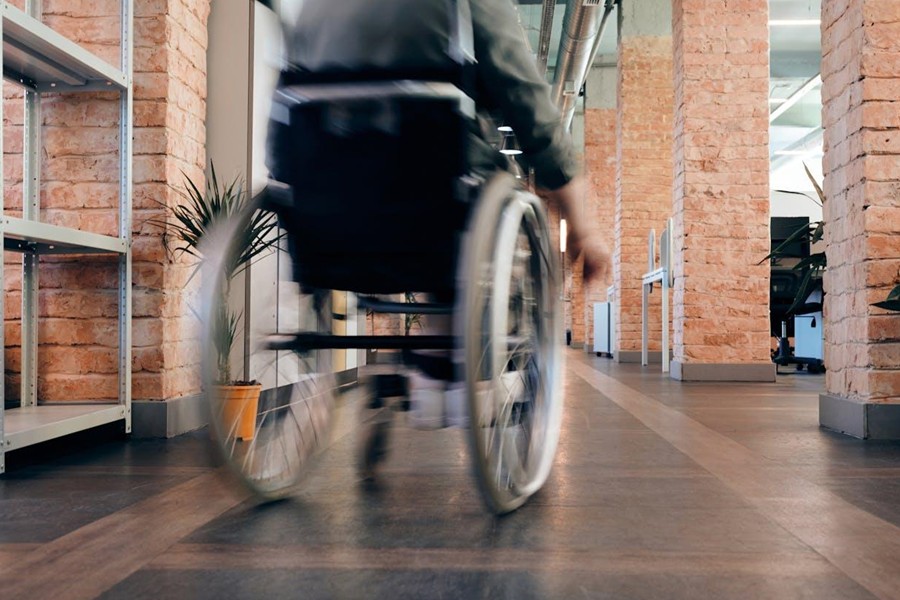 Since successfully championing New York City’s Local Law 1 of 2004, Harlem’s WE ACT for Environmental Justice (WE ACT) has been working with its partners across the city to demand enforcement of that law.
Since successfully championing New York City’s Local Law 1 of 2004, Harlem’s WE ACT for Environmental Justice (WE ACT) has been working with its partners across the city to demand enforcement of that law.
In addition, WE ACT wants to close the myriad of loopholes that continue to subject our children to lead poisoning. Two more pieces of lead legislation WE ACT and its fellow advocates have been pushing for passed the New York City Council today:
Intro 864A: New York City’s Department of Health & Mental Hygiene (DHMH) is currently required by law to thoroughly inspect the primary residence of a child with elevated blood lead levels and test all potential sources of exposure.
This bill would require them to also inspect and test any residence or other location where the child spends 10 or more hours a week, such as daycare or kindergarten facilities, as well as requiring them to inspect all other units in the primary residence where a child under the age of 1 resides.
In addition, the bill would require the owner of the building to conduct a one-time test of all surfaces for lead-based paint within 60 days.
It would also improve the education and notification given to the child’s parents, including providing information about special education services for the child and posting notices in buildings and other facilities where lead paint hazards are found that alert other residents to the availability of free inspections by the Department of Housing Preservation and Development.
And the bill would require the DHMH to conduct investigations for the sources of exposure in instances of elevated blood lead levels in pregnant women, and provide additional information to new or expectant parents about blood lead testing, safe work practices, and lead inspections.
Intro 874A: Given that one of the most common sources of lead exposure is the disturbance of surfaces with lead paint through construction, this bill would significantly enhance the City’s policing of the safe work practices for jobs involving surfaces with lead paint or paint of unknown lead content in older buildings.
The DHMH is responsible for enforcing these safe work practices, but its efforts are often undermined due, in part, to a lack of knowledge as to where work is taking place.
This bill would break down some of the interagency “silos” by requiring applicants for work permits from the Department of Buildings (DOB) to certify compliance with local and federal laws on lead-safe work practices and require the DOB to electronically provide information on permit applications that could involve disturbance of lead paint to the DHMH.
The DOB would also be required to respond within 24 hours to complaints of work that is creating lead dust hazards, be given the authority to issue Stop Work Orders if it finds possible breaches of lead-safe work practices, and require it to coordinate with the DHMH on testing for lead dust and enforcement.
In addition, if the DHMH inspects and finds lead hazards in a common area, it will be required to post notices alerting tenants in that building, which will include an explanation of the hazards of lead, precautions for lead dust, and a phone number for getting free blood lead screenings.
“Lead is a toxic substance, and children are the most vulnerable to its harmful effects, which include impairing the development of their brain and nervous system which can lead to permanent and profound health issues,” explained Sonal Jessel, M.P.H., Director of Policy at WE ACT for Environmental Justice. “And even though lead poisoning is completely preventable, an average of 2,233 children test positive for elevated blood lead levels each year in New York City, and we know from national studies that Black children living below the poverty line are twice as likely to suffer from lead poisoning as poor white or Latino children.
“These bills may seem like common sense, requiring expanded inspections of potential sources of lead exposure, improved communications, and ensuring that agencies inspect and coordinate on construction sites,” added Jessel. “But there is clearly a need for such legislation, with more than 2,000 tragic reminders each year. We trust that Mayor Bill de Blasio will sign these two bills and ensure that his agencies work in a coordinated yet aggressive effort to enforce them – along with Local Law 1 of 2004 and all the other lead legislation we have fought to codify as law.”
WE ACT thanks New York City Council Speaker Corey Johnson for sponsoring Intro 864A and Council Member Margaret S. Chin for sponsoring Intro 874A, as well as all of the Council Members who voted for this legislation.
And we would also like to thank our fellow advocates and council staff who have been working tirelessly to advance this and other lead legislation to protect the children of New York City.
WE ACT for Environmental Justice is a Northern Manhattan membership-based organization whose mission is to build healthy communities by ensuring that people of color and/or low-income residents participate meaningfully in the creation of sound and fair environmental health and protection policies and practices.
WE ACT has offices in New York City and Washington, D.C.
Visit us at weact.org and follow us on Facebook, Twitter, and Instagram.
Become a Harlem Insider!
By submitting this form, you are consenting to receive marketing emails from: Harlem World Magazine, 2521 1/2 west 42nd street, Los Angeles, CA, 90008, https://www.harlemworldmagazine.com. You can revoke your consent to receive emails at any time by using the SafeUnsubscribe® link, found at the bottom of every email. Emails are serviced by Constant Contact








